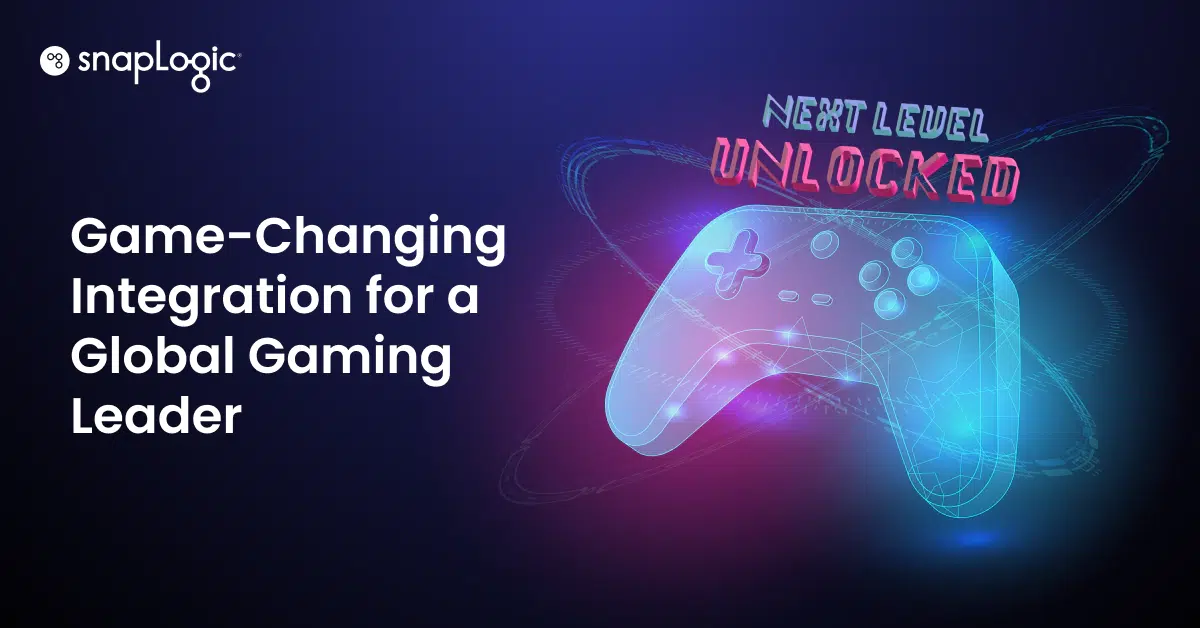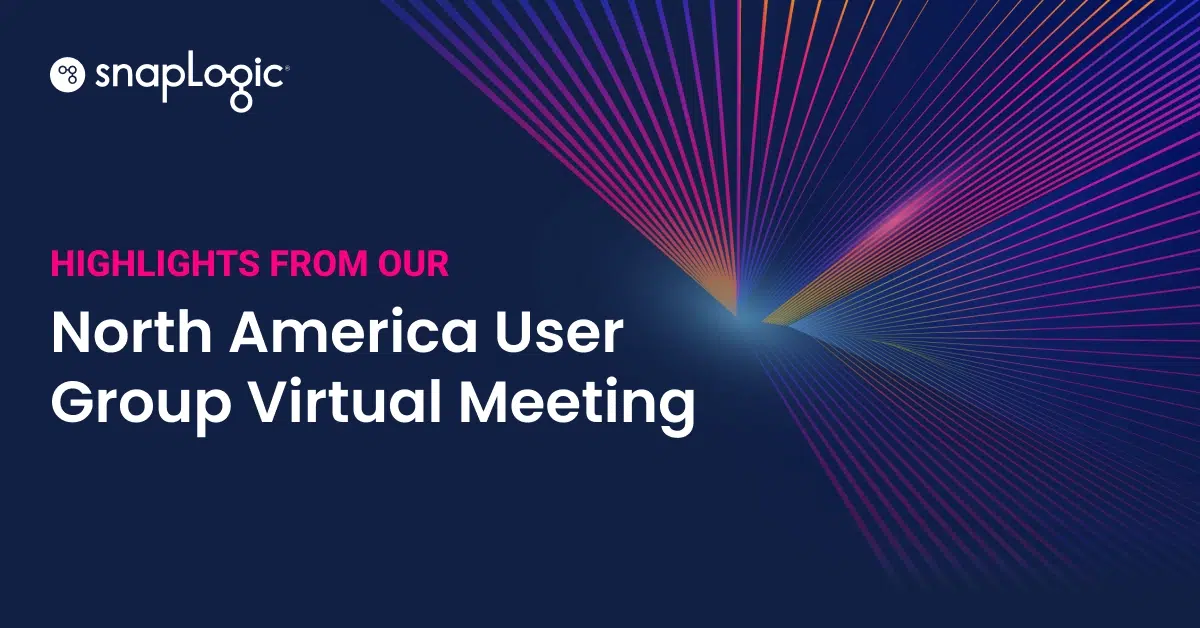With a drive for automation, today’s enterprises are integrating their core business systems to streamline business processes, drive profitability, and improve customer experiences. Two core systems include customer relationship management (CRM system) and enterprise resource planning (ERP system). These systems hold valuable customer data, but when they are not integrated, businesses cannot connect customer information across the organization. When these systems are connected, businesses can drive better, more streamlined customer experiences.
What is a CRM?
CRM software houses customer data gathered from customer interactions such as account opening, sales leads, marketing campaigns, and customer support. Salesforce and Microsoft Dynamics are leading CRM SaaS providers. Customer data is entered into the CRM through manual data-entry by sales reps, sales teams, marketing teams, and also autogenerated when the CRM is integrated with other core systems. The CRM is the core storehouse of customer data for the business.
What is ERP?
ERP software handles the back-end data for things such as order processing, billing, order history, supply chain management, inventory management, finance, shipping, and accounting information. Data is entered into the ERP system at various points along the customer buying journey and lifecycle. ERP integration enables businesses to automatically feed this data into the ERP software. SAP and Oracle Netsuite are popular ERP solutions.
Why you need to integrate your ERP with CRM
As businesses compete on customer experiences, they need to centralize their data and create and maintain a 360-degree view of their customers in order to continually improve customer experiences. This means knowing everything there is to know about the customer at every touchpoint with the business. The more real-time data businesses have on their customers in every given moment, the more empowered they are to meet customer expectations. It’s also essential to have a single source of truth so that the entire business is working from the same customer dataset.
Integrating the CRM with ERP helps to create a 360-degree view of the customer, streamlines business workflows, enables more accurate forecasting, and facilitates automation.
However, these core software solutions have often remained siloed due to differences in their architectures. Many businesses still have on-premises solutions and are operating in a hybrid cloud environment. Businesses that have attempted to connect their ERP with CRM have often used point-to-point integration, which requires manual coding and consistent maintenance and upkeep. Manual integrations are brittle and can jeopardize software ecosystems when updates are needed. These integrations require a heavy investment of time and resources to maintain. They also cannot keep pace with the speed and agility required for automation. A lack of integration slows the business down.
Automate CRM with ERP integration via an iPaaS
One of the fastest and easiest ways to achieve ERP with CRM integration is to use an integration platform as a service (iPaaS) like SnapLogic to automate the integration process itself. An iPaaS makes integration easy for technical and non-technical employees by offering prebuilt connectors needed to integrate modern CRM and ERP solutions (for example, Salesforce to SAP). No coding needed. An iPaaS also automatically maintains and updates every integration so that integrations remain stable and current as software solutions update.
As businesses shift toward automation, data integration and application integration is foundational to supporting not only the business needs, but customer success.
Learn more about how SnapLogic can integrate your CRM with ERP.









